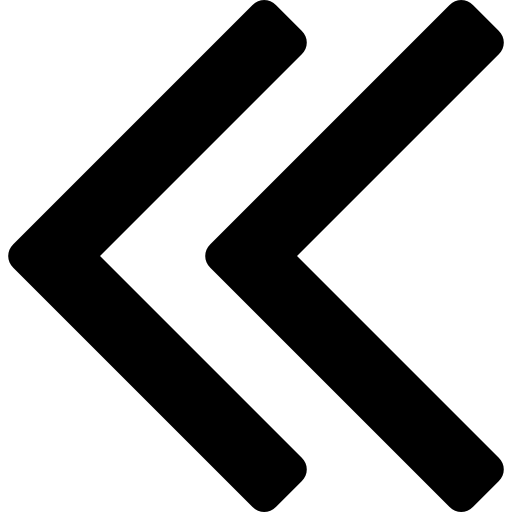
Let's not beat around the bush (or the potty): there is no special secret to potty training, as children are all different, and it’s the same when it comes to potty training. The truth is that it will probably take patience, compassion for your little one, and a lot of love!
The good news is that there are a few things you can keep in mind to help you through this process. Here are some of our tips!
What is the Best Age to Potty Train?

Before you even think about beginning the process, you need to make sure your child is ready as well. A child can be ready for “potty training'' any time between the ages of 2 and 4 years old and that learning process lasts from 3 to 6 months. If you find that this is not the case, please don't panic. It can vary from one child to another.
Here are some signs that your child may be ready for potty training:
-
Your child can stay dry in his diaper for several hours;
-
Your child mentions to you that he/she needs to relieve himself/herself in his/her diaper or in the potty;
-
Your child is able to move to the potty and sit there without assistance;
-
Your child shows a desire for independence.
Despite these signs, your child may still not want to go potty. There's no need to get angry if this is the case. It just means that the child is not ready and that you will have to wait a little bit longer.
You should also keep in mind that there will probably be regressions (often when the child is stressed) and mistakes. This is normal and there is no need to worry too much.
Prepare his/her environment to create trust
Once your toddler has told you that he or she is ready for potty training, it's important to get the bathroom ready.
All you need is a potty, or a child-friendly seat and a foot stool. The idea is simply to give your child confidence and create a calm environment. It should be comfortable!
So, How Do You Get Your Child Out of Diapers?

You are feeling positive about the potty training process.! However, you still need to know how to proceed.
Here Are Some Tips:
-
To start, establish a routine that works for you and your child. Sit your child on the potty at regular times, such as after meals and snacks, or after waking up in the morning and after naps;
-
Encouragement and positive reinforcement will be an important part of potty training! You can tell him or her “how much fun wearing underwear is, or that soon he or she will be able to "flush the toilet like Mom and Dad!”
-
Praise your child every time he/she sits on his/her potty and every time he mentions that he wants to, even if it's too late;
-
Encourage him/her to pull his pants up and down between diaper changes;
-
Make sure his/her clothes are suitable for this exercise so he won't have any trouble removing them! Here are a couple of suggestions:
-
Then, train your little one to perform the important maneuver of pulling down their pants. To get your child used to it, you can ask him or her to pull down his/her pants at diaper change time and pull them up afterward;
-
Tell him/her how cool the pants are and how much fun flushing is;
-
Once he's/she’s able to go to the potty for a full week or two without error, switch to training pants, and tell your child regularly how great they are doing;
-
If your child has to go back to diapers at some point, don't make a big deal of it;
-
Try to identify the signs in your toddler so you can get him/her to the potty before he/she goes in the diaper. If he/she does pee or poop in his diaper, take him/her to the potty anyway to demonstrate its function and encourage him/her to put his diaper in the potty by himself/herself.

The most important thing? Don't get discouraged! Every child is different and grows at his or her own pace. The most important thing is to provide support and love.
Happy potty training!



















































